Laetitia Leduc
Occupancy Detection Based on Electricity Consumption
Dec 13, 2023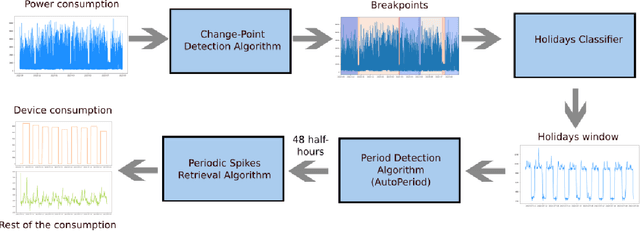
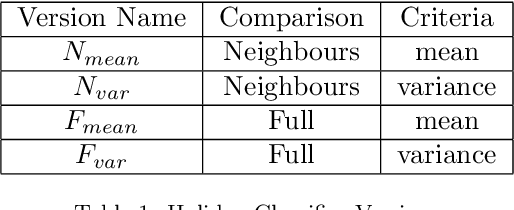
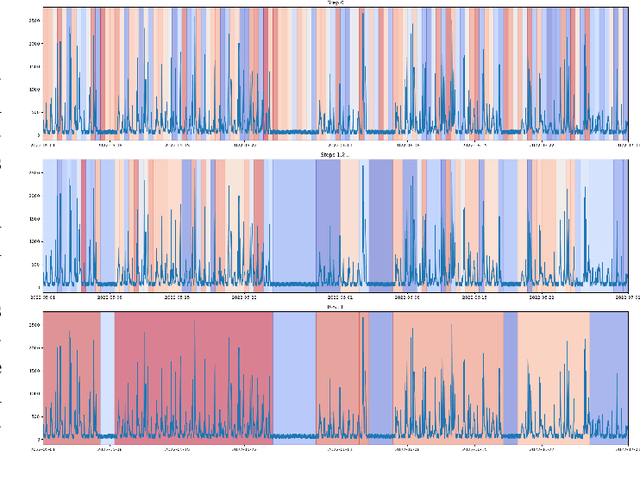
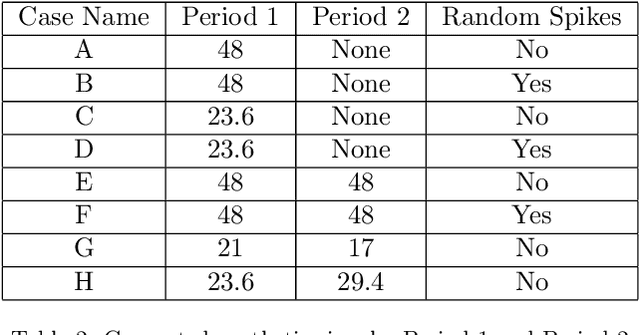
Abstract:This article presents a new methodology for extracting intervals when a home is vacant from low-frequency electricity consumption data. The approach combines multiple algorithms, including change point detection, classification, period detection, and periodic spikes retrieval. It shows encouraging results on both simulated and real consumption curves. This approach offers practical insights for optimizing energy use and holds potential benefits for residential consumers and utility companies in terms of energy cost reduction and sustainability. Further research is needed to enhance its applicability in diverse settings and with larger datasets.
Bayesian model of electrical heating disaggregation
Nov 11, 2020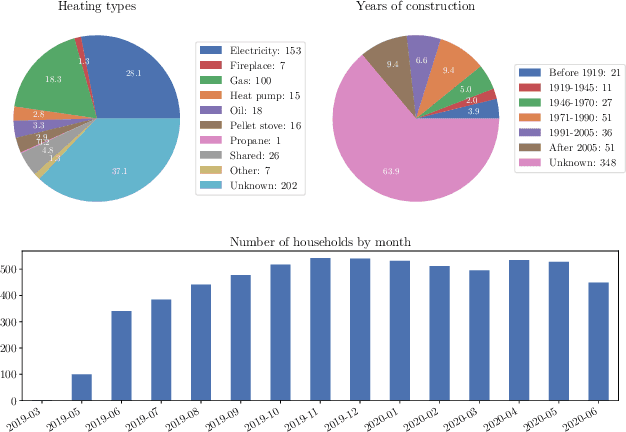
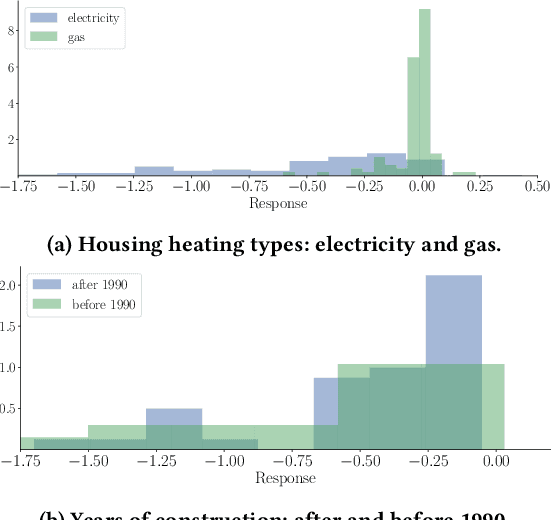
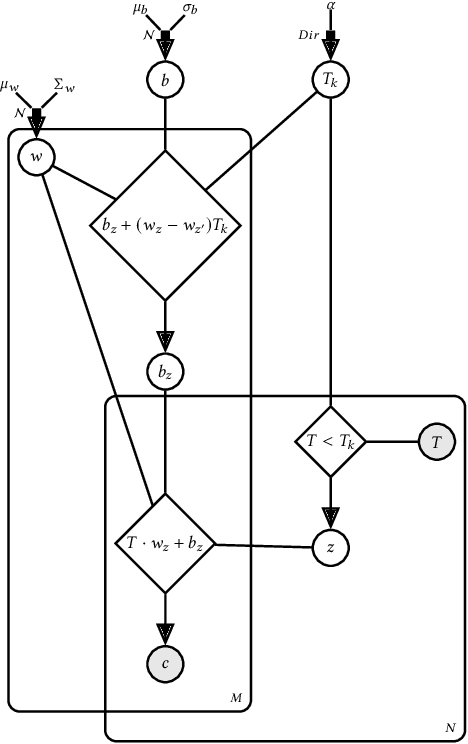

Abstract:Adoption of smart meters is a major milestone on the path of European transition to smart energy. The residential sector in France represents $\approx$35\% of electricity consumption with $\approx$40\% (INSEE) of households using electrical heating. The number of deployed smart meters Linky is expected to reach 35M in 2021. In this manuscript we present an analysis of 676 households with an observation period of at least 6 months, for which we have metadata, such as the year of construction and the type of heating and propose a Bayesian model of the electrical consumption conditioned on temperature that allows to disaggregate the heating component from the electrical load curve in an unsupervised manner. In essence the model is a mixture of piece-wise linear models, characterised by a temperature threshold, below which we allow a mixture of two modes to represent the latent state home/away.
 Add to Chrome
Add to Chrome Add to Firefox
Add to Firefox Add to Edge
Add to Edge